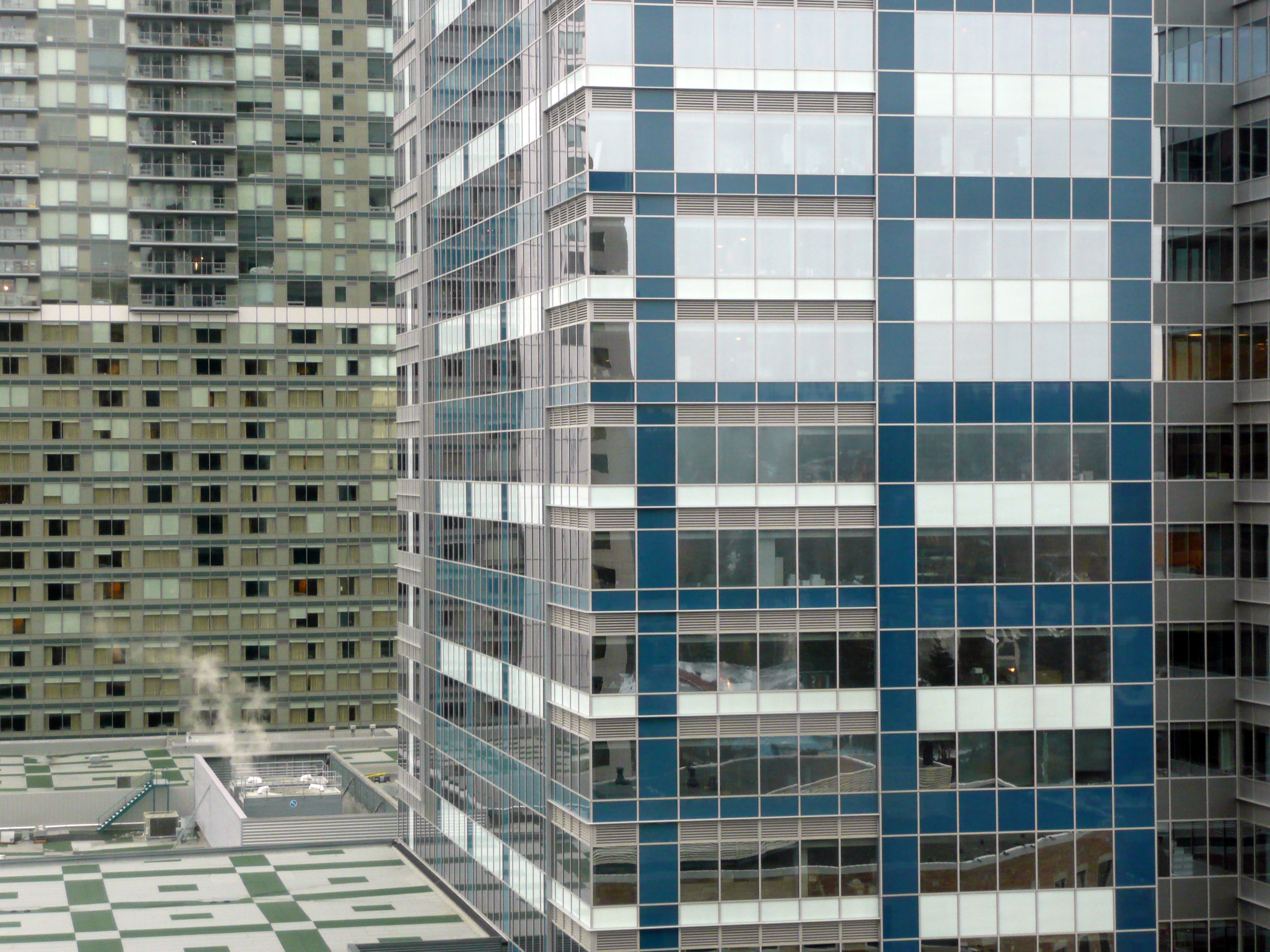Bellevue, stakeholders collaborate to boost development, workforce housing
The Lens | TJ Martinelli | July 21, 2021
The Bellevue City Council has voted unanimously to revise its multifamily tax exemption (MFTE) program following a months-long collaboration with local builders and workforce housing stakeholders. Real estate industry leaders say the changes will transform the rarely used program as the city moves through a period of significant growth.
“The council really showed good leadership in getting their staff to be collaborative and get a balanced outcome on this,” said Kevin Wallace, a former Bellevue City Councilmember. Wallace is president of Wallace Properties, and his company recently announced plans to build a mid-rise workforce building in downtown, where thousands of new workers are expected to arrive in 2023.
Without the changes made to the MFTE, he said “we would have had to go with a luxury condo instead,” adding that it means growth will be directed near transit stations; the program in other areas has encouraged such mixed-use development near transportation and downtown hubs.
The MFTE is a statewide program adopted in the 1990s that allows local jurisdictions flexibility in terms of requirements for builders, such as the number of more affordable units in the project and what area median income (AMI) percentage would apply to those units. For projects that meet the criteria, developers receive a 12-year exemption on property taxes paid on housing that has 20 percent of those units included in the project. Under the program, 424 developments containing a total of 34,885 units have received a tax exemption.
Ensuring sure the program pencils out for all stakeholders has required a balance between the incentives that allow the developer to put a project together, and the public benefit of units with lower rents as a result of such a project. Those involved acknowledge that achieving this can be challenging – especially within the Puget Sound region where housing costs continue to rise.
Microsoft is among the many stakeholders working toward more affordable options and has committed $750 million to workforce housing in the area. In testimony before the Bellevue City Council on June 28, Microsoft Senior Director of Philanthropies Jane Broom said: “As jobs grow across the Eastside, we need to ensure the people who work here can live here, too.
“Our hope is that as Bellevue prepares for several years of unprecedented growth, utilization of this program will result in hundreds of new below-market affordable homes,” Broom continued. “The nurses, day care workers, restaurant managers, teachers, firefighters and police officers who will live in these homes are the backbone of what make our communities great.”
This legislative session state lawmakers enacted SB 5287 sponsored by Sen. Mona Das (D-37), which extends the MFTE to all cities in the state as well as the urban growth areas (UGAs) of certain counties. The bill also extended several local programs set to expire.
The original bill would have also increased the required minimum number of affordable units in a project and lower the AMIs, a move Vulcan Development Manager Brandon Morgan said “would have made it far less appealing to use. Cities can choose to go underneath that (AMI). But by lowering that, you might potentially knock out cities that are in higher cost areas.”
Another stakeholder involved in the process said it was encouraging to “see the recognition that there is value in continuing the program, and also that there was built into the legislation a commitment to continue studying its longterm viability.”
While the Seattle area has seen success with its MFTE, the program has to date not been used much in Bellevue, with just two such projects in downtown. Under the Bellevue program prior to its latest revisions, the AMI percentage was between 50-70 percent, and at least 15 percent of the units had to be two-bedrooms or more.
Although the program had been amended in 2018, Morgan said it “needed a tune-up. There weren’t many takers. Many were wondering why. With a tidal wave of new growth coming, we realized their policy goals needed to change.”
In October the city started outreach with various stakeholders, including the Bellevue Chamber of Commerce’s PLUSH Committee and the Downtown Bellevue Association.
“We all had a frank discussion,” Morgan said, adding that from the builder’s perspective, the AMI was unworkable. With rising cost of construction, the gaps are just too big to overcome,” to make a project balance out, he said.
So the group worked to adjust that threshold, along with a rent-hike cap and a component that gave a 30 percent discount on parking stalls purchased by tenants in the units.
“I think this was collaborative in the sense that everyone realized something’s wrong,” Morgan said. “We needed to do something to fix it because the city would miss out. Cities sometimes will approach it where the staff will pick something, throw it out there, ask for public comment, and it doesn’t feel as much of a collaborative process when it starts that way. You can save a lot of time and energy when you get the stakeholders together in a less formal setting…test drive some of those suggestions.”
“They ended with something where the council felt confident there was broad support for what they did,” Wallace said. “The right balance was struck.”
Moreover, Morgan hopes the collaborative process by which those changes were hashed out can be used as the city looks at other potential code revisions.
“Bellevue is going through a lot of change right now. Some of their policies have to be updated to meet that change. They don’t want to be behind the curve.”

